Solar storms can wreak havoc. We need better space weather forecasts
Scientists are expanding efforts to probe outbursts from the sun and understand their occasionally Earthbound paths

A burst of solar activity unleashed a huge coronal mass ejection that just missed Earth in July 2012.
NASA Goddard Space Flight Center
Since December 2019, the sun has been moving into a busier part of its cycle, when increasingly intense pulses of energy can shoot out in all directions. Some of these large bursts of charged particles head right toward Earth. Without a good way to anticipate these solar storms, we’re vulnerable. A big one could take out a swath of our communication systems and power grids before we even knew what hit us.
A recent near miss occurred in the summer of 2012. A giant solar storm hurled a radiation-packed blob in Earth’s direction at more than 9 million kilometers per hour. The potentially debilitating burst quickly traversed the nearly 150 million kilometers toward our planet, and would have hit Earth had it come just a week earlier. Scientists learned about it after the fact, only because it struck a NASA satellite designed to watch for this kind of space weather.
That 2012 storm was the most intense researchers have measured since 1859. When a powerful storm hit the Northern Hemisphere in September of that year, people were not so lucky. Many telegraph systems throughout Europe and North America failed, and the electrified lines shocked some telegraph operators. It came to be known as the Carrington Event, named after British astronomer Richard Carrington, who witnessed intensely bright patches of light in the sky and recorded what he saw.
The world has moved way beyond telegraph systems. A Carrington-level impact today would knock out satellites, disrupting GPS, mobile phone networks and internet connections. Banking systems, aviation, trains and traffic signals would take a hit as well. Damaged power grids would take months or more to repair.
Especially now, during a pandemic that has many of us relying on Zoom and other video-communications programs to work and attend school, it’s hard to imagine the widespread upheaval such an event would create. In a worst-case scenario conceived before the pandemic, researchers estimated the economic toll in the United States could reach trillions of dollars, according to a 2017 review in Risk Analysis.
Space weather hits home
These Earth systems and industries are at risk during a solar storm:
- Power grids
- Oil and gas industry
- Communications: mobile networks, fiber-optic networks, shipping and military
- Ground transportation (railways)
- Satellites
- GPS
- Aviation
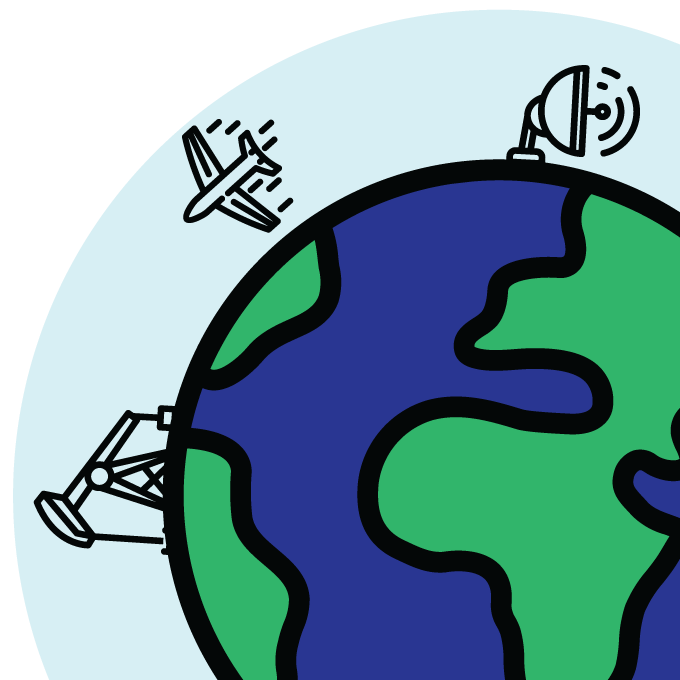
To avoid such destruction, in October then-President Donald Trump signed a bill that will support research to produce better space weather forecasts and assess possible impacts, and enable better coordination among agencies like NASA and the National Oceanic and Atmospheric Administration.
“We understand a little bit about how these solar storms form, but we can’t predict [them] well,” says atmospheric and space scientist Aaron Ridley of the University of Michigan in Ann Arbor. Just as scientists know how to map the likely path of tornadoes and hurricanes, Ridley hopes to see the same capabilities for predicting space weather.
The ideal scenario is to get warnings well before a storm disables satellites or makes landfall, and possibly even before the sun sends charged particles in our direction. With advance warning, utilities and governments could power down the grids and move satellites out of harm’s way.
Ridley is part of a U.S. collaboration creating simulations of solar storms to help scientists quickly and accurately forecast where the storms will go, how intense they will be and when they might affect important satellites and power grids on Earth. Considering the havoc an extreme solar storm could wreak, many scientists and governments want to develop better forecasts as soon as possible.
Ebbs and flows
When scientists talk about space weather, they’re usually referring to two things: the solar wind, a constant stream of charged particles flowing away from the sun, and coronal mass ejections, huge outbursts of charged particles, or plasma, blown out from the sun’s outer layers (SN Online: 3/7/19). Some other phenomena, like high-energy particles called cosmic rays, also count as space weather, but they don’t cause much concern.
Coronal mass ejections, or CMEs, the most threatening kind of solar storms, aren’t always harmful — they generate dazzling auroras near the poles, after all. But considering the risks of a storm shutting down key military and commercial satellites or harming the health of astronauts in orbit, it’s understandable that scientists and governments are concerned.
Astronomers have been peering at our solar companion for centuries. In the 17th century, Galileo was among the first to spy sunspots, slightly cooler areas on the sun’s surface with strong magnetic fields that are often a precursor to more intense solar activity. His successors later noticed that sunspots often produce bursts of radiation called solar flares. The complex, shifting magnetic field of the sun also sometimes makes filaments or loops of plasma thousands of kilometers across erupt from the sun’s outer layers. These kinds of solar eruptions can generate CMEs.
“The sun’s magnetic field lines can get complicated and twisted up like taffy in certain regions,” says Mary Hudson, a physicist at Dartmouth College. Those lines can break like a rubber band and launch a big chunk of corona into interplanetary space.
It was 19th century German astronomer Samuel Heinrich Schwabe who realized that such solar activity ebbs and flows during 11-year cycles. This happens because the sun’s magnetic field completely flips every 11 years. The most recent sun cycle ended in December 2019, and we’re emerging from the nadir of sun activity while heading toward the maximum of cycle 25 (astronomers started numbering solar cycles in the 19th century). Solar storms, particularly the dangerous CMEs, are now becoming more frequent and intense, and should peak between 2024 and 2026.
Up and down
The number of sunspots, and other solar activity that generates solar storms, rises and falls in an 11-year cycle. Solar cycle 25 began in December 2019 and is expected to peak in 2025.
Solar storms develop from the sun’s complex magnetic field. The sun rotates faster at its equator than at its poles, and since it’s not a solid sphere, its magnetic field constantly roils and swirls around. At the same time, heat from the sun’s interior rises to the surface, with charged particles bringing new magnetic fields with them. The most intense CMEs usually come from the most vigorous period in a particularly active solar cycle, but there’s a lot of variation. The 1859 CME originated from a fairly modest solar cycle, Hudson points out.
A CME has multiple components. If the CME is on a trajectory toward Earth, the first thing to arrive — just eight minutes after it leaves the sun — is the electromagnetic radiation, which moves at the speed of light. CMEs often produce a shock wave that accelerates protons to extremely fast speeds, and those arrive within 20 minutes of the light. Such energetic particles can damage the electronics or solar cells of satellites in high orbits. Those particles could also harm any astronauts outside of Earth’s protective magnetic field, including any on the moon. A crew on board the International Space Station, inside Earth’s magnetic field, however, would most likely be safe.
But a CME’s biggest threat — its giant cloud of plasma, which can be millions of kilometers wide — typically takes between one and three days to reach our planet, depending on how fast the sun propelled the shotgun blast of particles toward us. Earth’s magnetic field, our first defense against space weather and space radiation, can protect us from only so much. Satellites and ground-based observations have shown that a CME’s charged particles interact with and distort the magnetic field. Those interactions can have two important effects: producing more intense electric currents in the upper atmosphere and shifting these stronger currents away from the poles to places with more people and more infrastructure, Ridley says. With an extremely powerful storm, it’s these potentially massive currents that put satellites and power grids at risk.
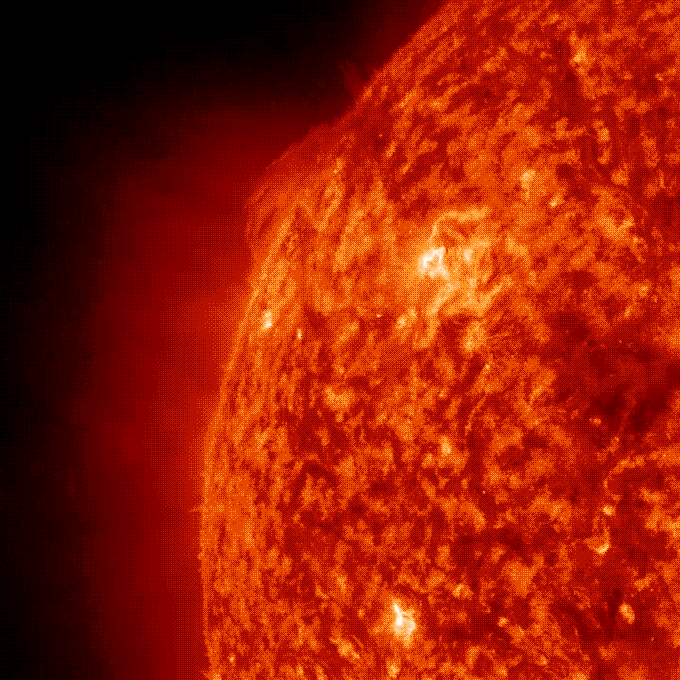
Anyone who depends on long-distance radio signals or telecommunications might have to do without them until the storm blows over and damaged satellites are repaired or replaced. A powerful storm can disturb airplanes in flight, too, as pilots lose contact with air traffic controllers. While these are temporary effects, typically lasting up to a day, impacts on the electrical grids could be worse.
A massive CME could suddenly and unexpectedly drive currents of kiloamps rather than the usual amps through power grid wires on Earth, overwhelming transformers and making them melt or explode. The entire province of Quebec, with nearly 7 million people, suffered a power blackout that lasted more than nine hours on March 13, 1989, thanks to such a CME during a particularly active solar cycle. The CME affected New England and New York, too. Had electricity grid operators known what was coming, they could have reduced power flow on lines and interconnections in the power grid and set up backup generators where needed.
Early warning
But planners need more of a heads-up than they get today. Perhaps within the next decade, improved computer modeling and new space weather monitoring capabilities will enable scientists to predict solar storms and their likely impacts more accurately and earlier, says physicist Thomas Berger, executive director of the Space Weather Technology, Research and Education Center at the University of Colorado Boulder.
Space meteorologists classify solar storms, based on disturbances to the Earth’s magnetic field, on a five-level scale, like hurricanes. But unlike those tropical storms, the likely arrival of a solar storm isn’t known with any precision using available satellites. For storms brewing on Earth, the National Weather Service has access to constantly updated data. But space weather data are too sparse to be very useful, with few storms to monitor and provide data.
Two U.S. satellites that monitor space weather are NASA’s ACE spacecraft, which dates from the 1990s and should continue to collect data for a few more years, and NOAA’s DSCOVR, which was designed at a similar time but not launched until 2015. Both orbit about 1.5 million kilometers above Earth — which seems far but is barely upstream of our planet from a solar storm’s perspective. The two satellites can detect and measure a solar storm only when its impact is imminent: 15 to 45 minutes away. That’s more akin to “nowcasting” than forecasting, offering little more than a warning to brace for impact.
“That’s one of the grand challenges of space weather: to predict the magnetic field of a CME long before it gets [here] so that you can prepare for the incoming storm,” Berger says. But aging satellites like SOHO, a satellite launched by NASA and the European Space Agency in 1995, plus ACE and DSCOVR monitor only a limited range of directions that don’t include the sun’s poles, leaving a big gap in observations, he says.
Eyes on the sun
Three main satellites have been monitoring space weather, starting as early as 1995, but can only pick up an imminent impact.
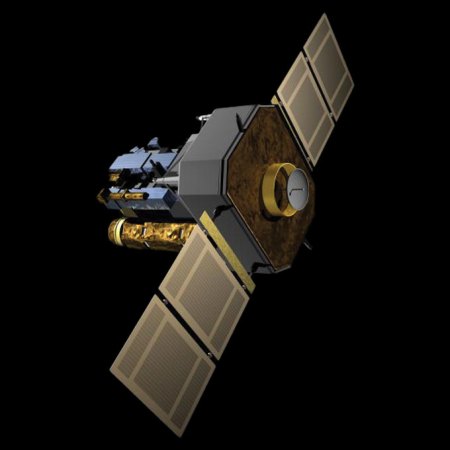
SOHO
Launched in 1995
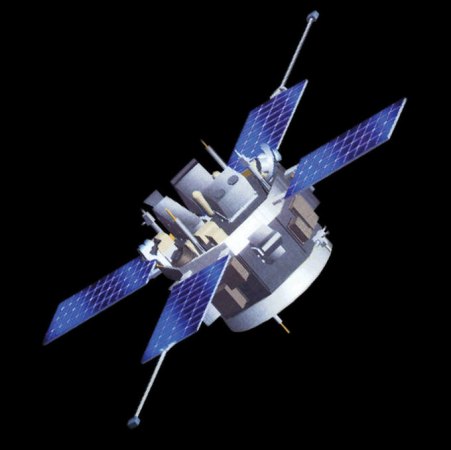
ACE
Launched in 1997
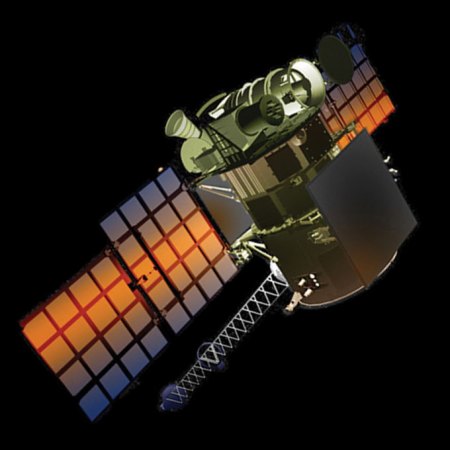
DSCOVR
Launched in 2015
Ideally, scientists want to be able to forecast a solar storm before it’s blown out into space. That would give enough lead time — more than a day — for power grid operators to protect transformers from power surges, and satellites and astronauts could move out of harm’s way if possible.
That requires gathering more data, particularly from the sun’s outer layers, plus better estimating when a CME will burst forth and whether to expect it to arrive with a bang or a whimper. To aid such research, NOAA scientists will outfit their next space weather satellite, scheduled to launch in early 2025, with a coronagraph, an instrument used for studying the outermost part of the sun’s atmosphere, the corona, while blocking most of the sun’s light, which would otherwise blind its view.
A second major improvement could come just two years later, in 2027, with the launch of ESA’s Lagrange mission. It will be the first space weather mission to launch one of its spacecraft to a unique spot: 60 degrees behind Earth in its orbit around the sun. Once in position, the spacecraft will be able to see the surface of the sun from the side before the face of the sun has rotated and pointed in Earth’s direction, says Juha-Pekka Luntama, head of ESA’s Space Weather Office.
That way, Lagrange will be able to monitor an active, flaring area of the sun days earlier than other spacecraft, getting a fix on a new solar storm’s speed and direction sooner to allow scientists to make a more precise forecast. With these new satellites, there will be more spacecraft watching for incoming space weather from different spots, giving scientists more data to make forecasts.
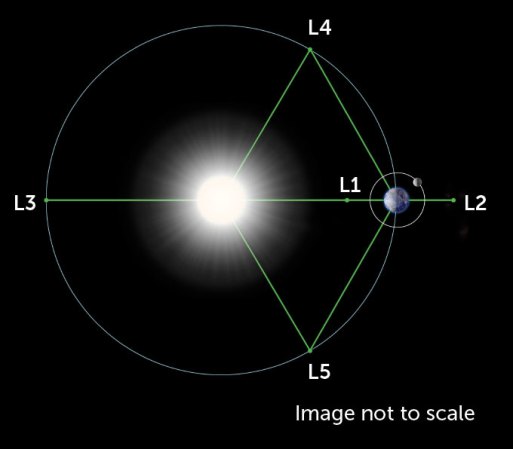
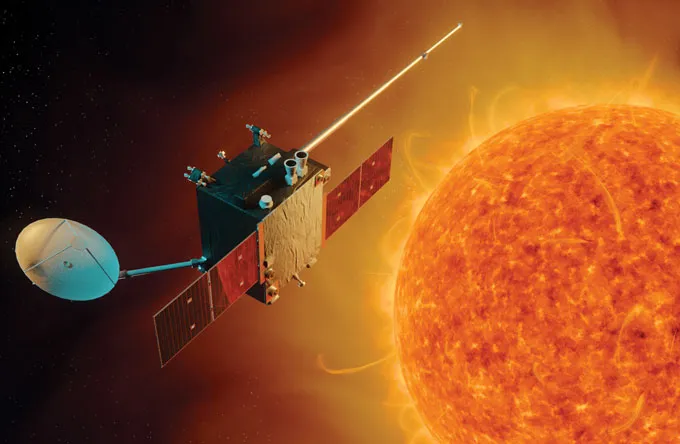
Meanwhile, Berger, Ridley and colleagues are focused on developing better computer simulations and models of the behavior of the sun’s corona and the ramifications of CMEs on Earth. Ridley and his team are creating a new software platform that allows researchers anywhere to quickly update models of the upper atmosphere affected by space weather. Ridley’s group is also modeling how a CME shakes our planet’s magnetic field and releases charged particles toward the land below.
Berger also collaborates with other researchers on modeling and simulating Earth’s upper atmosphere to better predict how solar storms affect its density. When a storm hits, it compresses the magnetic field, which can change the density of the outer layers of Earth’s atmosphere and affect how much drag satellites have to battle to stay in orbit.
Satellite safety
There have been a few cases of satellites damaged by solar storms. The Japanese ADEOS-II satellite stopped functioning in 2003, following a period of intense outbursts of energy from the sun. And the Solar Maximum Mission satellite appeared to have been dragged into lower orbit — and eventually burned up in the atmosphere — following the same 1989 solar storm that left Quebec in the dark.
Satellites affected by solar storms could be at risk of crashing into each other or space debris, too. With mega-constellations of satellites like SpaceX’s being launched by the hundreds (SN: 3/28/20, p. 24), and with tens of thousands of satellites and bits of space flotsam already in crowded orbits, the risks are real of something drifting into the path of something else. Any space crash will surely create more space junk, too, tossing out debris that also puts spacecraft at risk.
These are all strong motivators for Ridley, Berger and colleagues to study how storm-driven drag works. The U.S. military tracks satellites and debris and predicts where they’ll likely be in the future, but all those calculations are worthless without knowing the effects of solar storms, says Boris Krämer, an aerospace engineer at the University of California, San Diego who collaborates with Ridley. “To put satellites on trajectories so that they avoid collisions, you have to know space weather,” Krämer says.
It takes time to create simulations estimating the drag on a single satellite. Current models run on powerful super-computers. But if a satellite needs to use its onboard computer to make those computations on the fly, researchers need to develop sufficiently accurate models that run much more quickly and with less energy.
New data and new models probably won’t be online in time for the upcoming solar storm season, but they should be in place for solar cycle 26 in the 2030s. Perhaps by then, scientists will be able to give earlier red alerts to warn of an incoming storm, giving more time to move satellites, buttress transformers and stave off the worst.
The goal of improving space weather forecasts has drawn broad federal government support and interest from industry, including Lockheed Martin, because of the threats to important satellites, including the 31 that constitute the U.S. GPS network.
The growing interest in space weather led to the 2020 law, known as the Promoting Research and Observations of Space Weather to Improve the Forecasting of Tomorrow Act, or PROSWIFT. And the National Science Foundation and NASA have thrown support behind space weather research programs like Berger’s and Ridley’s. For instance, Ridley, Krämer and their collaborators recently received $3.1 million in NSF grants to develop new space weather computer simulations and software, among other things.
Our reliance on technology in space comes with increasing vulnerabilities. Some space scientists speculate that we’ve failed to find alien civilizations because some of those civilizations were wiped out by the very active stars they orbit, which could strip a once-habitable world’s atmosphere and expose life on the surface to harmful stellar radiation and space weather. Our sun is not as dangerous as many other stars that have more frequent and intense magnetic activity, but it has the potential to be perilous to our way of life.
“Globally, we have to take space weather seriously and prepare ourselves. We don’t want to wake up one day, and all our infrastructure is down,” ESA’s Luntama says. With key satellites and power grids suddenly wrecked, we wouldn’t even be able to use our phones to call for help.







